In this article, we’ll teach you all about a Korean uniform.
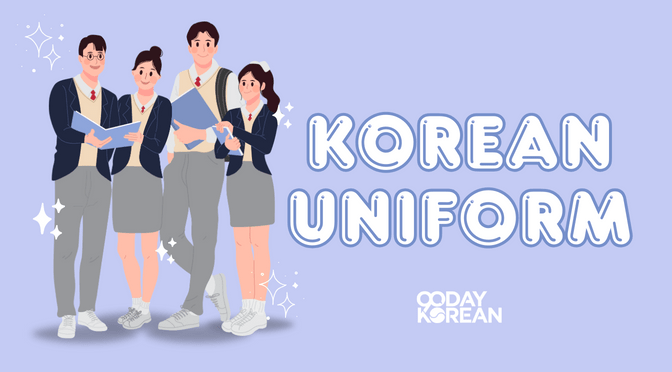
You might be curious about what Korean uniforms are called and what they usually look like. Or perhaps you have seen one in Korean dramas and wonder where you could possibly rent one. In this article, we will cover all of that!
Uniforms in Korea
You may have noticed that Koreans have a bit of a thing for uniforms. Of course, they’re not the only country in the world where school uniforms are a norm. And, of course, it’s typical for certain jobs, as well as the military, anywhere you are, to use a uniform of some kind to express their occupation.
But in South Korea, they sometimes also seem to take the idea of a Korean uniform a little further than this! By that, we mean that it is considered fun and popular to wear uniforms even outside of the school and work setting!
For example, some rent a school uniform from a rental shop and wear it to an amusement park like Lotte World. It’s also popular to rent a vintage school uniform and walk around Ihwa Mural Village, taking many gorgeous photos to keep as a memory or to share on Instagram. This activity is not yet as common and popular as renting a hanbok, but it does seem to be an emerging trend.
What are Korean uniforms called?
The Korean word for “uniform” is 제복 (jebok).
Sample sentence
유니폼을 입은 선수들이 입장하고 있어요. (yunipomeul ibeun seonsudeuri ipjanghago isseoyo)
Players in uniforms are entering.
Each different uniform has its own name. Thus, we have included a short list below from where you can find the name of the clothing you’re looking for.
Vocabulary for the different types of uniforms in Korean
All of the vocabulary below will be in Hangeul (Korean Alphabet) with romanized Korean next to it. We recommend learning the Korean alphabet so you can learn these terms faster and have accurate pronunciation.
Being able to read the Korean alphabet will help you retain the core Korean words you should learn first. It will also improve your overall Korean language learning plan.
But if you’re already well-equipped in Korean, let’s head on to the vocabulary!
| English | Korean |
| Uniform | 제복 (jebok) |
| Uniform | 유니폼 (yunipom) |
| Military uniform | 군복 (gunbok) |
| Taekwondo uniform | 도복 (bobok) |
| Police uniform | 경찰복 (gyeongchalbok) |
| Nurse's uniform | 간호사복 (ganhosabok) |
| School uniform | 교복 (gyobok) |
| Dress uniform | 예복 (yebok) |
| Prison uniform | 죄수복 (joesubok) |
| Maid's uniform | 하녀복 (hanyeobok) |
| Sports uniform | 스포츠 유니폼 (seupocheu yunipom) |
| Work uniform | 작업용 유니폼 (jageobyong yunipom) |
| Work uniform | 작업복 (jageopbok) |
| Work uniform | 직장 유니폼 (jikjang yunipom) |
| Change uniform for work | 근무복을 갈아입다 (geunmubogeul garaipda) |
These words are specifically about uniforms, but if you’d like to learn more about what clothes are called in Korean, you can find out more about it in this article: Clothes in Korean
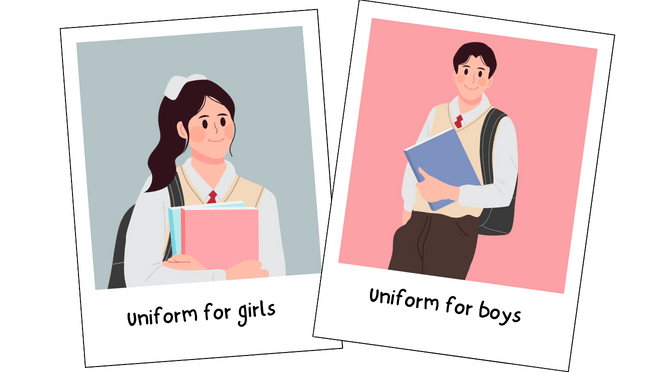
What does a typical Korean uniform look like?
Now, what can you expect the typical Korean school uniform to look like? Let’s go through each of the categories below.
Korean school uniforms based on the seasons
Firstly, there are two types of uniforms worn in Korean schools— summer and winter uniforms. There is one uniform worn during the warmer seasons and then a winter uniform for winter and other colder seasons. It is usually announced ahead of time which uniform should be worn and when.
Summer uniforms
The summer uniforms are, of course, lighter and made of thin fabric. A summer uniform is only worn during the summer period, which is thought to take place between May and September. The shirts are short-sleeved, and the skirts are made of thinner fabric.
Winter uniforms
Meanwhile, the winter uniforms feature long-sleeved shirts, while the skirts and pants are made of thick fabric. Winter is considered to take place between November and March. There is also a jacket and a vest included in the uniform. However, jackets aren’t worn during fall or spring.
To learn more about the different seasons in Korea, you can read our separate article: Seasons in Korean.
Korean school uniforms based on gender
Korean school uniforms worn by boys and girls have different designs.
Typically, female students will wear skirts, but they do have the option of wearing pants, as well.
Male students wear pants, and their school uniforms look quite similar to how an office worker may dress for a day of work. A tie is also a common uniform attire.
Korean school uniforms based on the school
Each school has its own color scheme and unique style in their uniforms. The school’s region, level, and status are also an important part of shaping the way the uniform looks. This means, in many cases, you will be able to determine the high schools students attend based on the uniform they wear.
School uniforms are typically worn from middle school to high school. There are some exceptions where elementary school students will also wear a uniform. For example, it is expected in some private institutions.
What is the history of a Korean school uniform like?
It comes as no surprise that the earliest versions of Korean school uniforms were shaped after hanboks. However, already in the first half of the 1900s, the uniforms became more Westernized and, ultimately, what we’re accustomed to seeing now.
Where can you buy/rent a Korean uniform?
Although each school has its unique uniform, students typically buy them themselves. They can be found in department stores but are common to order online nowadays. Before, most Koreans would stitch the uniforms together by themselves.
Uniforms are quite expensive, so it is not uncommon for a Korean student to take good care of their uniform so that they can wear the same one through middle school and high school.
What if you want to rent one for yourself for the day? One example of a shop that rents out school uniforms is Ehwa School Uniform. Located in Seoul’s Jamsil neighborhood, it’s a popular place to go when someone wants to dress up for a day in Lotte World, for example.
It’s actually quite an affordable way to add some extra fun to your day! This particular shop mostly carries modern uniforms, similar to the ones you might see in K-dramas these days. But if you’d like to try on uniforms that are more retro, many other rental shops carry those, too.
Korean uniform in popular culture
Much more so than in many other cultures, school uniforms are popular features in popular culture as well. For example, many Korean dramas take place in a high school setting. That, naturally, means they spend a lot of the drama in high school uniforms!
These dramas are typically directed towards teen audiences, but many older people watch them too and get nostalgic and excited over their school days again. Additionally, some Korean idols and K-pop groups wear school uniforms occasionally as well.
On these occasions, they usually wear the uniforms – either on stage or in a reality show – to appeal to a younger audience and get them more excited about wearing the uniform daily.
If you’d like to know more about other different outfits and fashion in Korea in general, here’s a separate article about that: Korean Fashion
Wrap Up
Is Korean uniforms, school uniforms, in particular, something that interests you? Let us know below in the comments!
Next, how about switching to a different topic and learning about something else that is big and popular in Korean culture: mukbang?
The post Korean Uniform – Vocabulary for school and work attires appeared first on 90 Day Korean.
 Vladimir Putin and Kim Jong Un are gangsters who rule over mafia states. No wonder they get along famously. Like recognizes like.
Vladimir Putin and Kim Jong Un are gangsters who rule over mafia states. No wonder they get along famously. Like recognizes like.




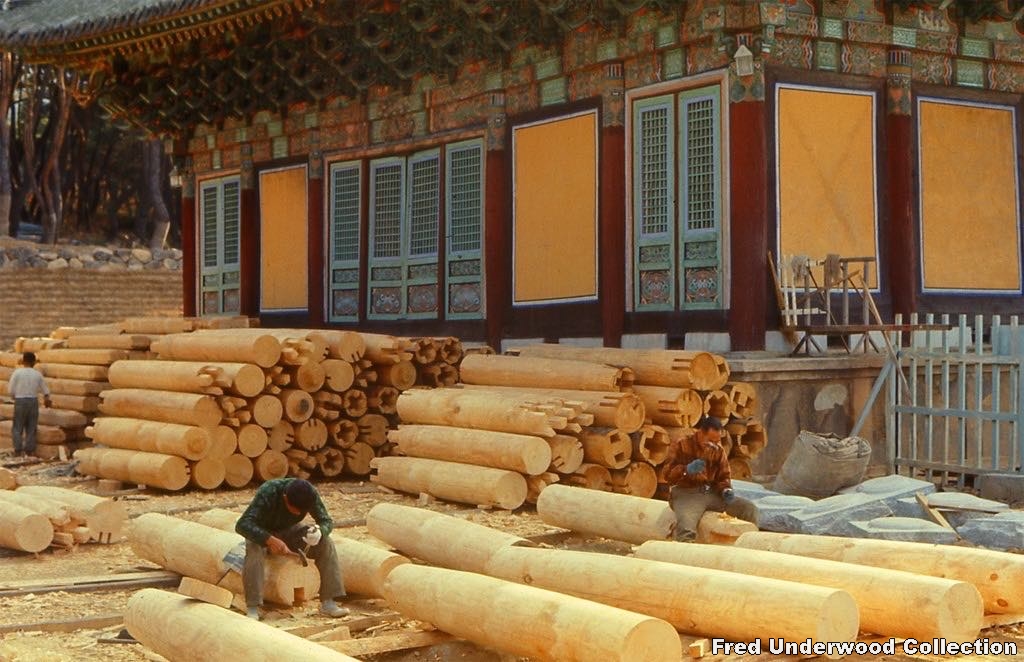


 Learn to read Korean and be having simple conversations, taking taxis and ordering in Korean within a week with our FREE Hangeul Hacks series:
Learn to read Korean and be having simple conversations, taking taxis and ordering in Korean within a week with our FREE Hangeul Hacks series: 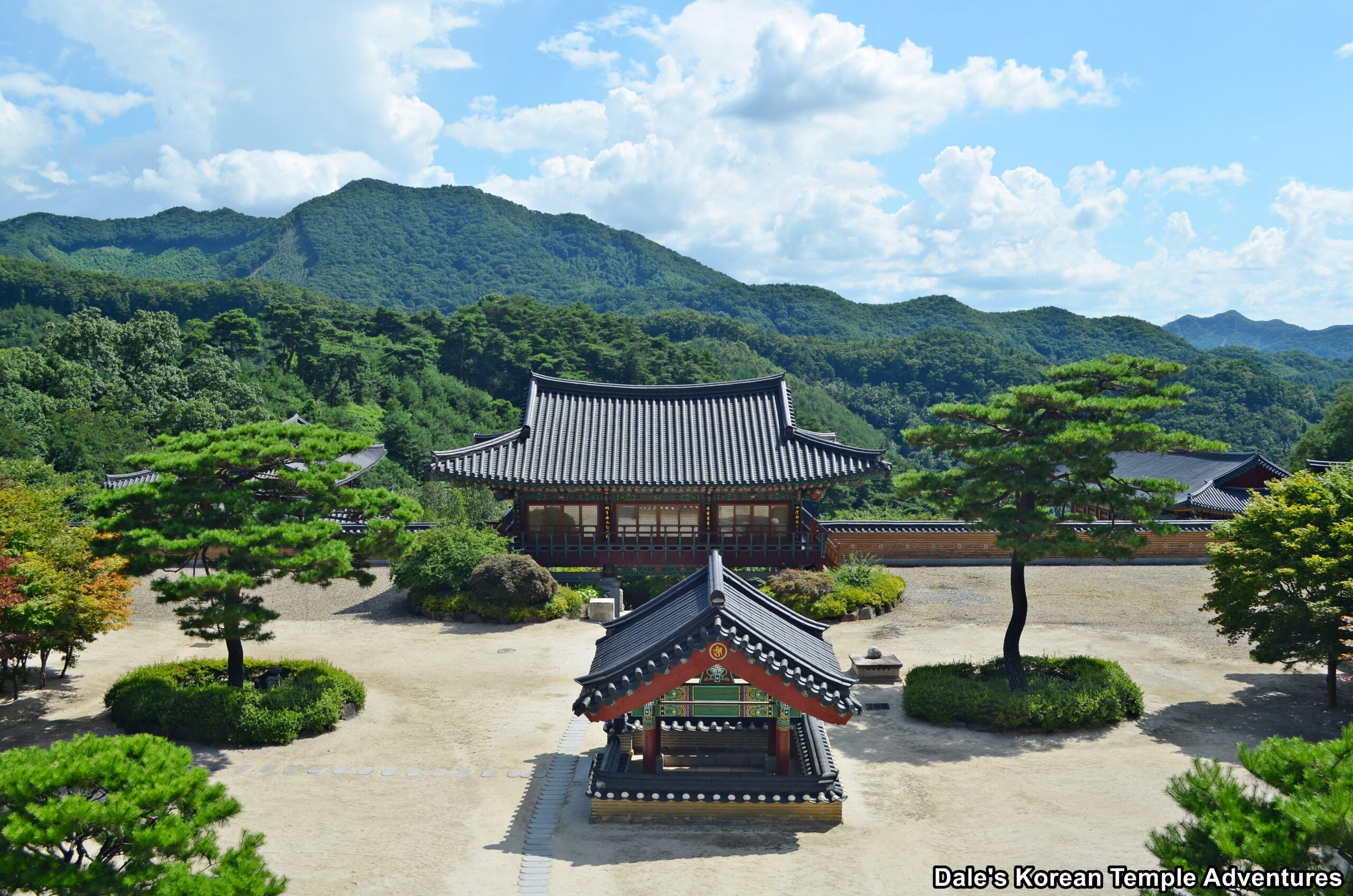
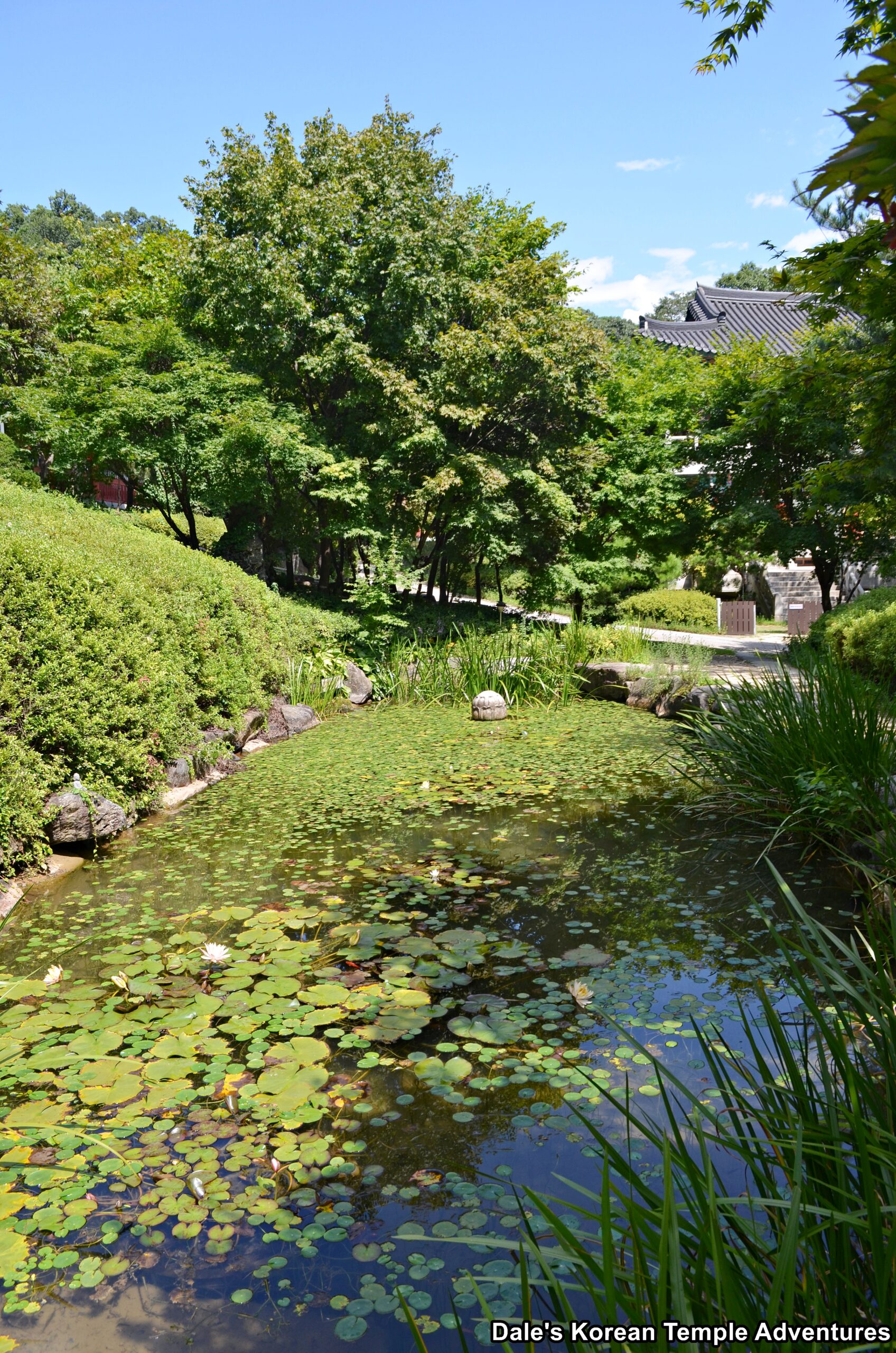
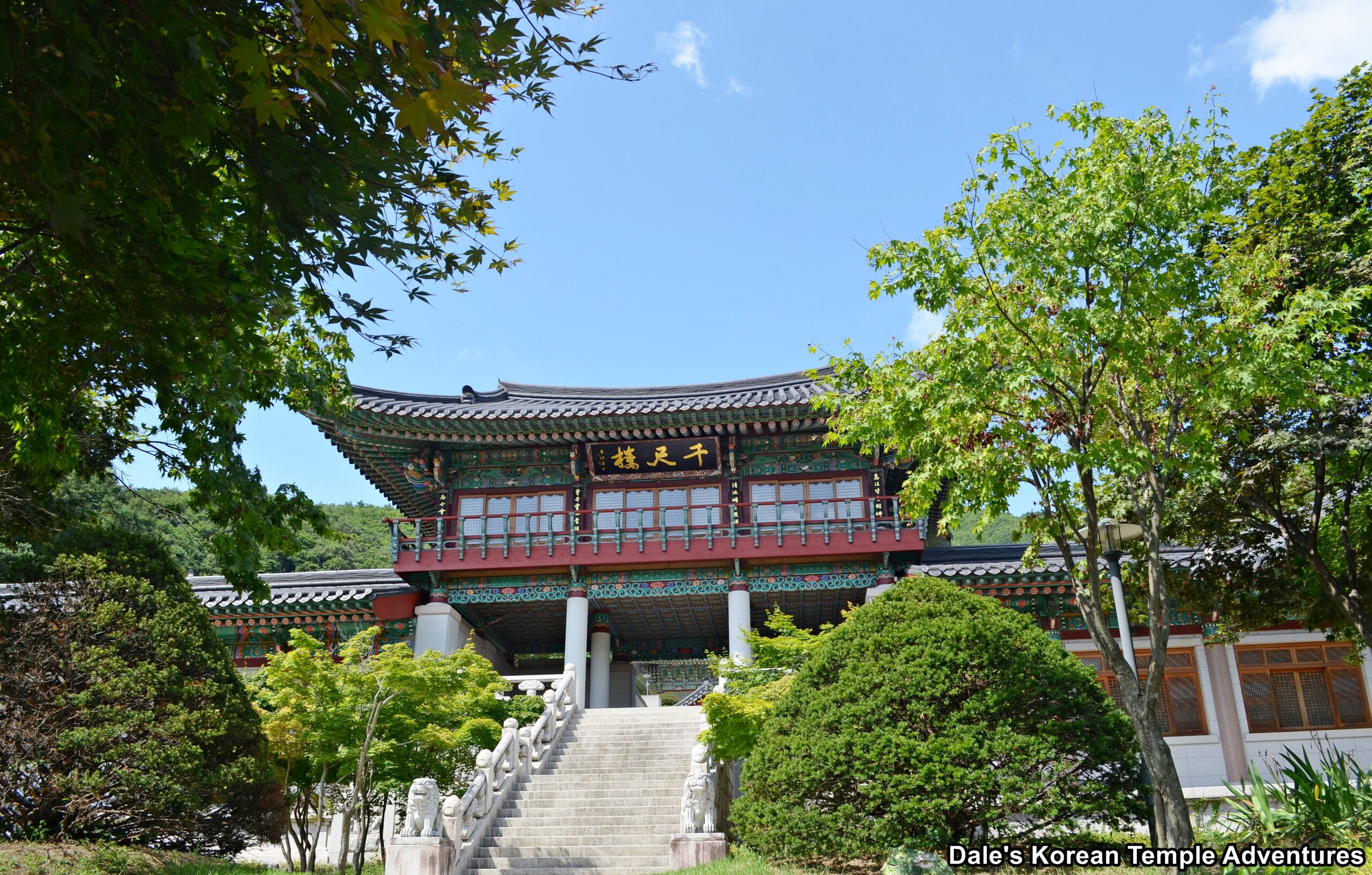
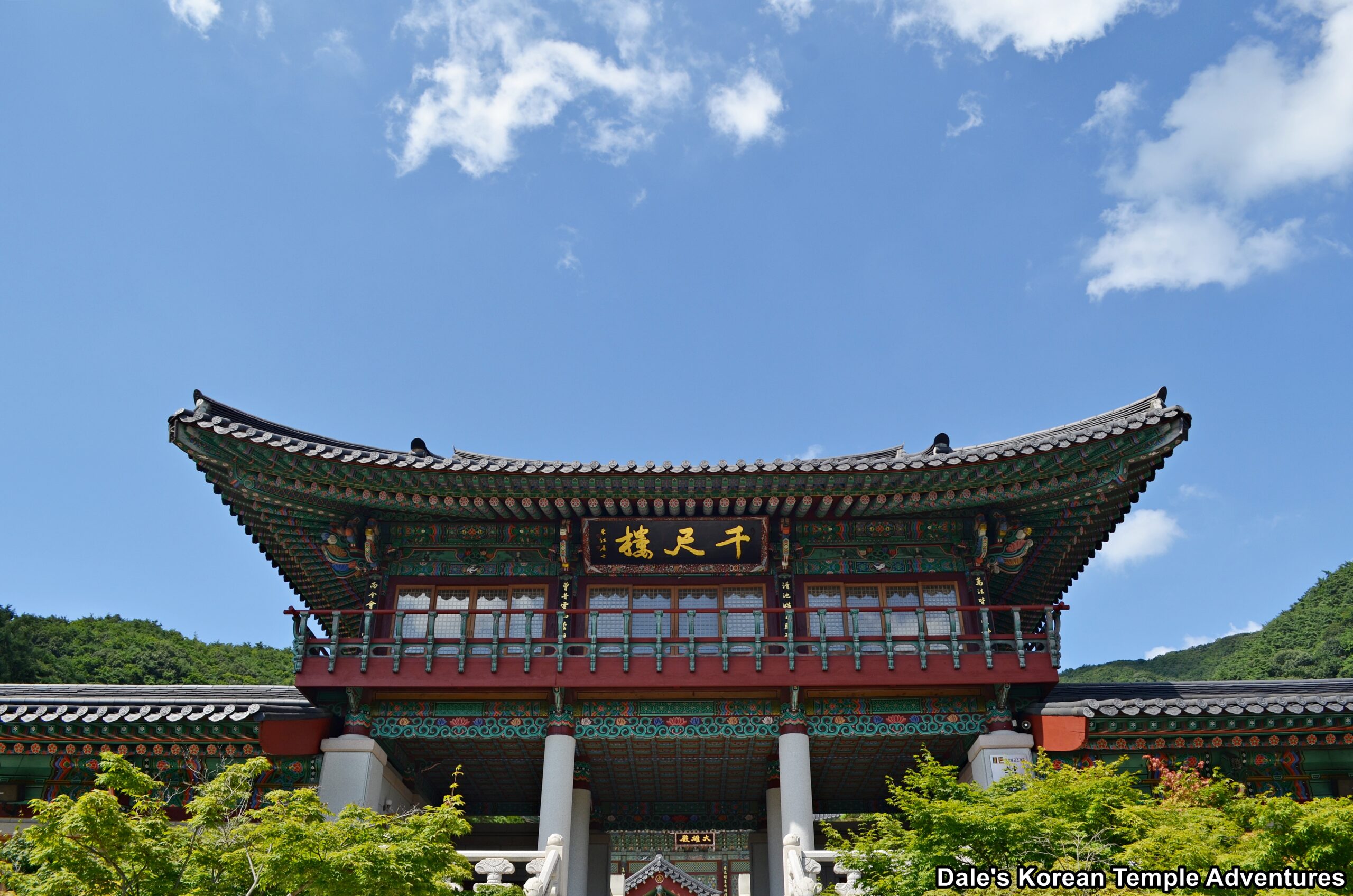
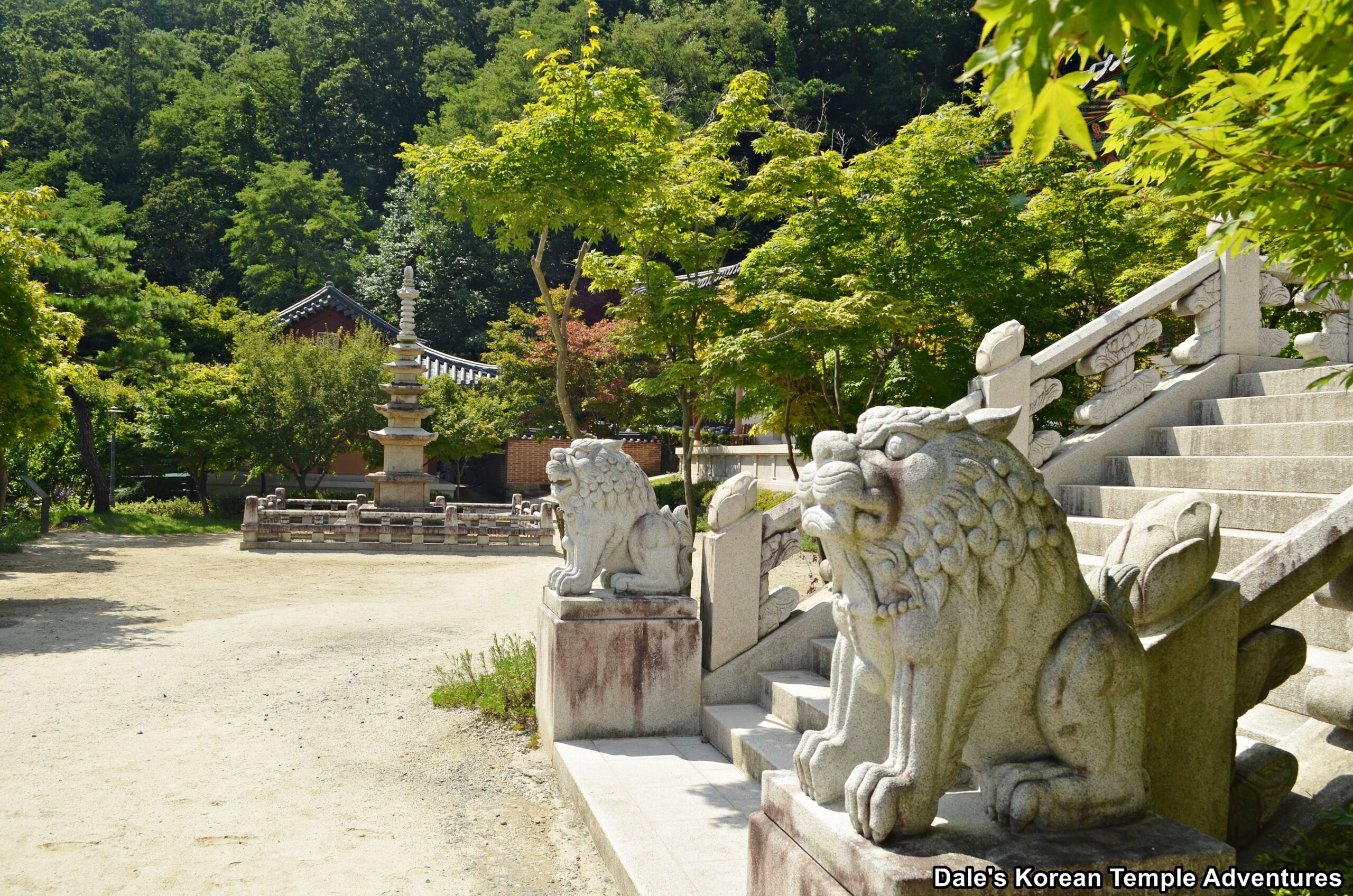
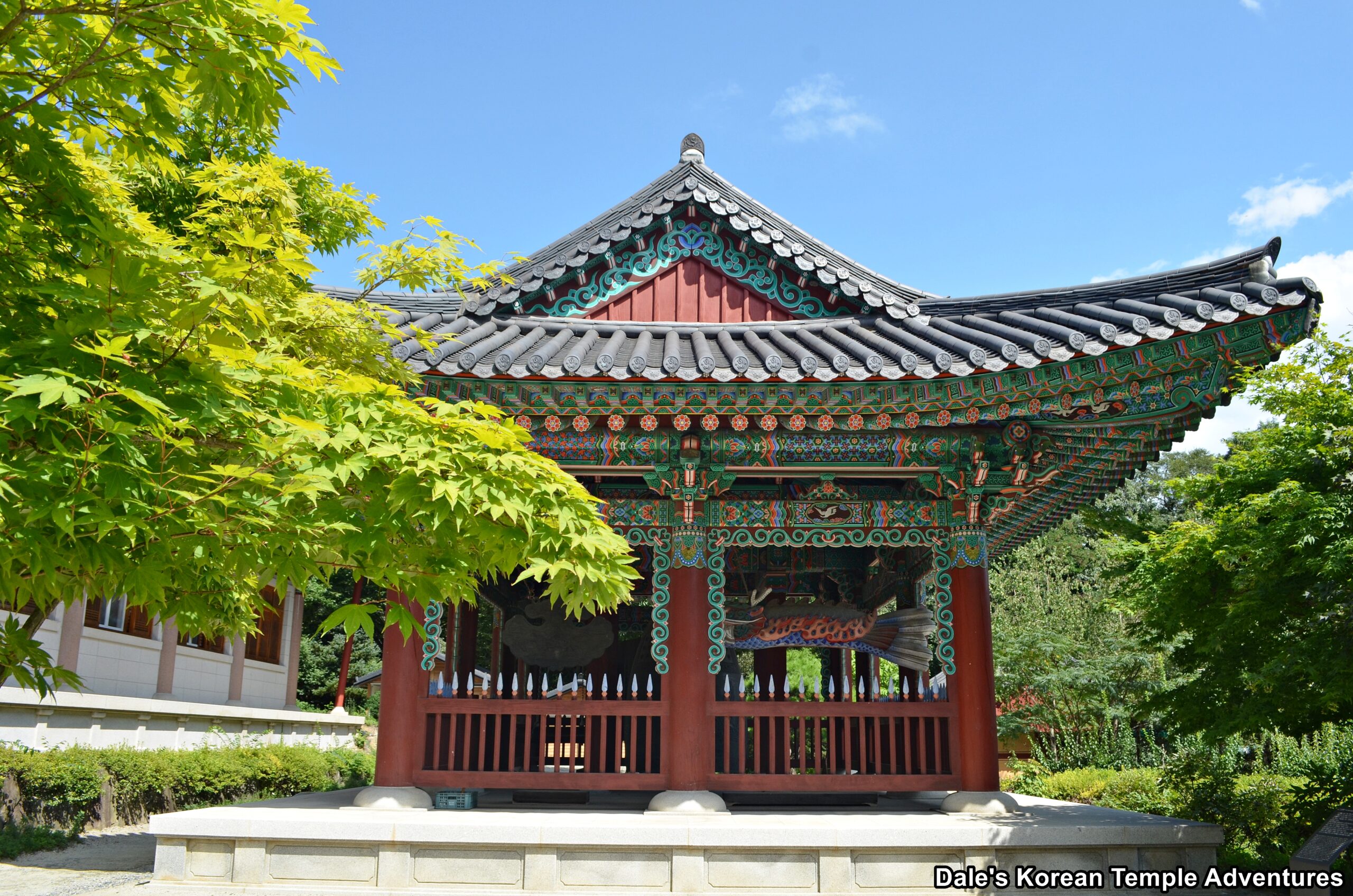
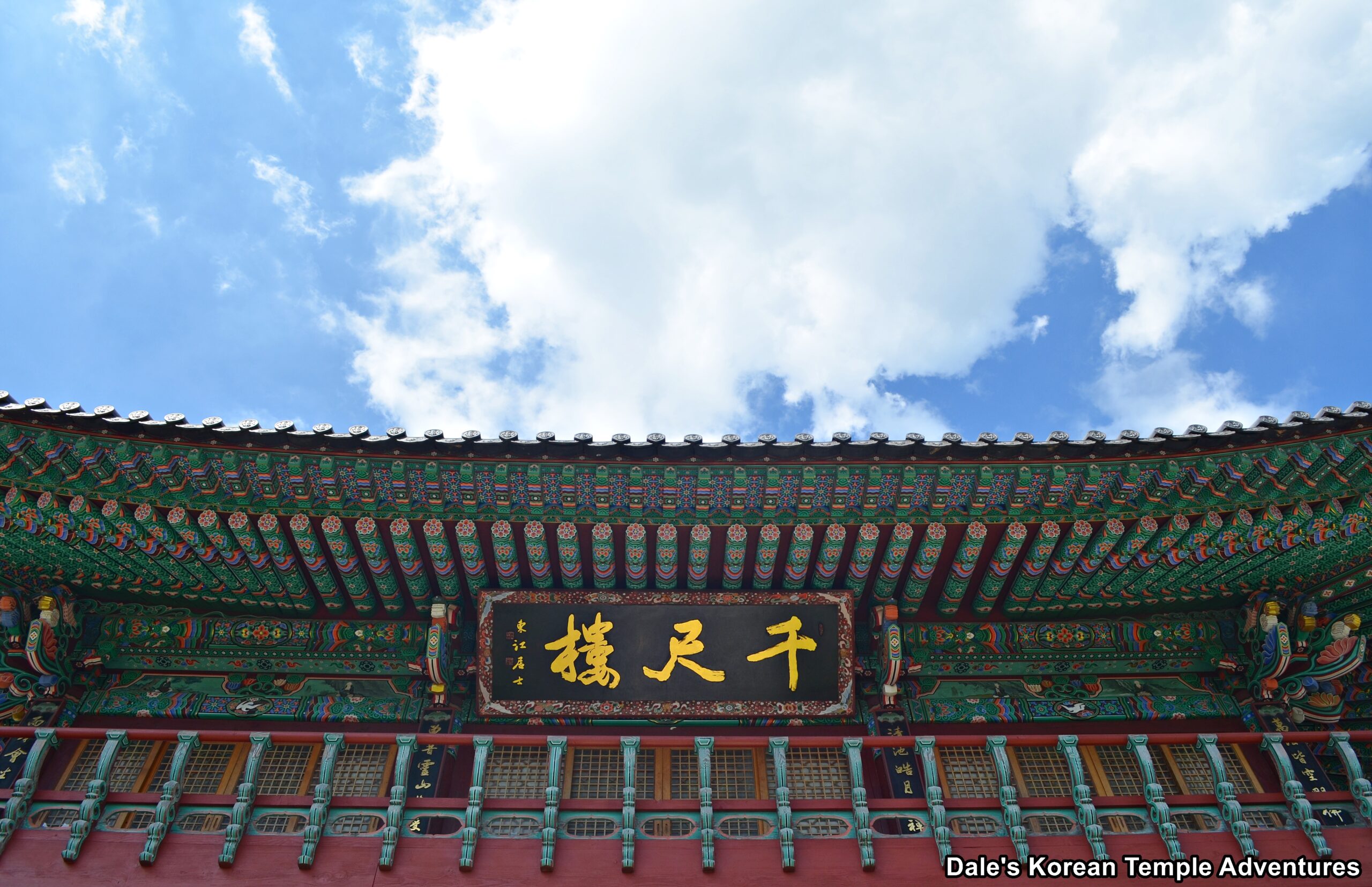
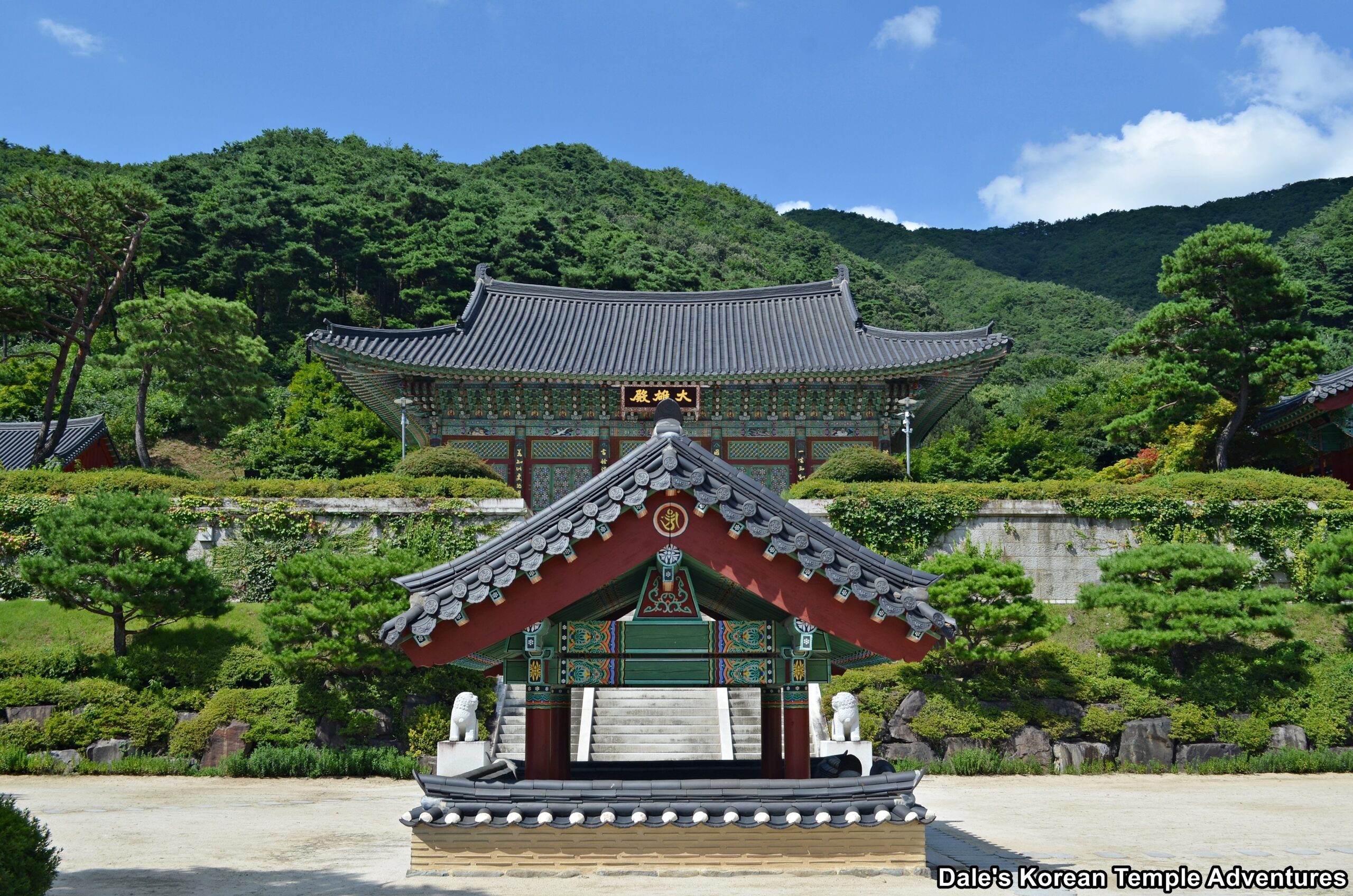
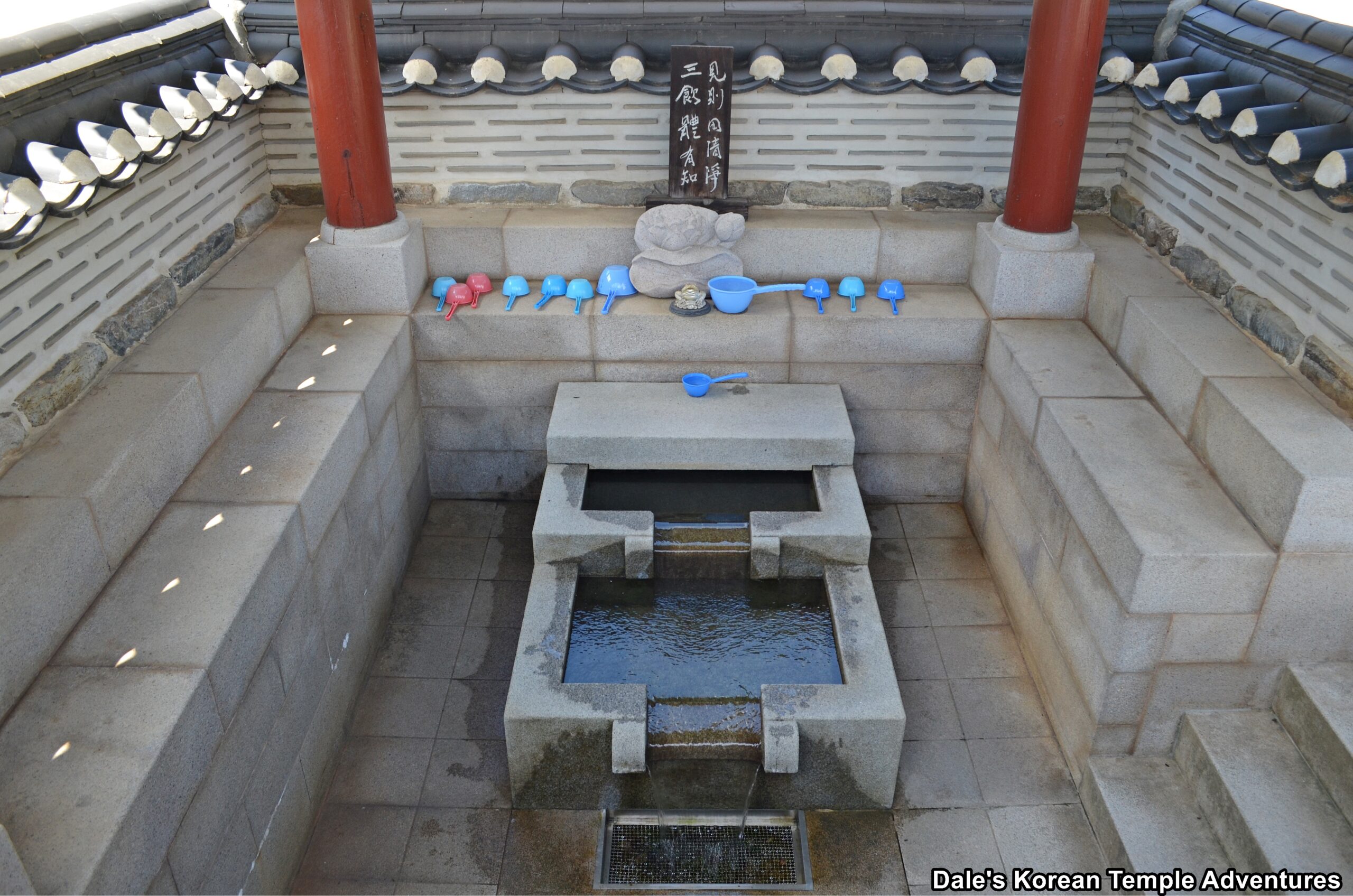
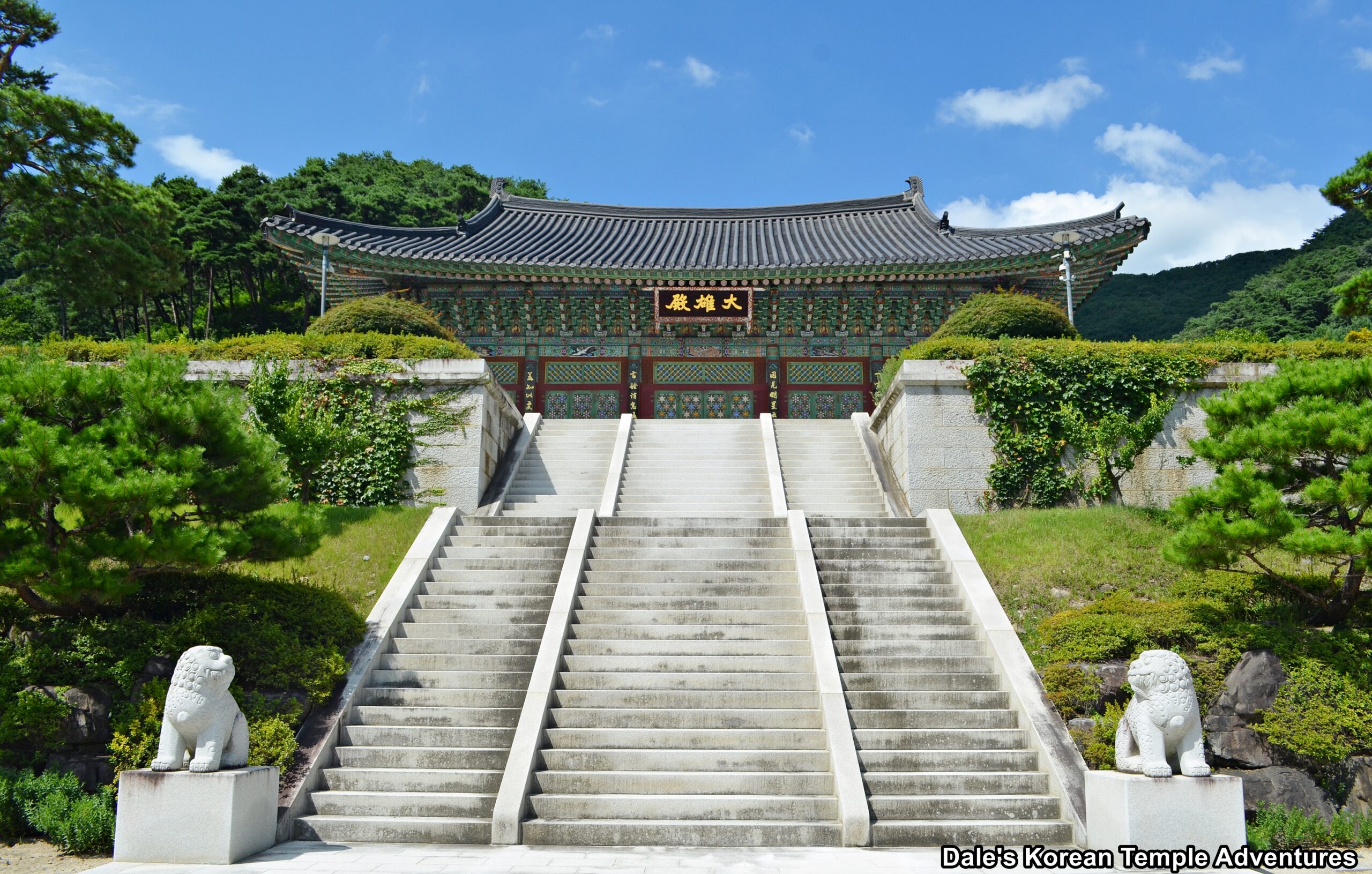
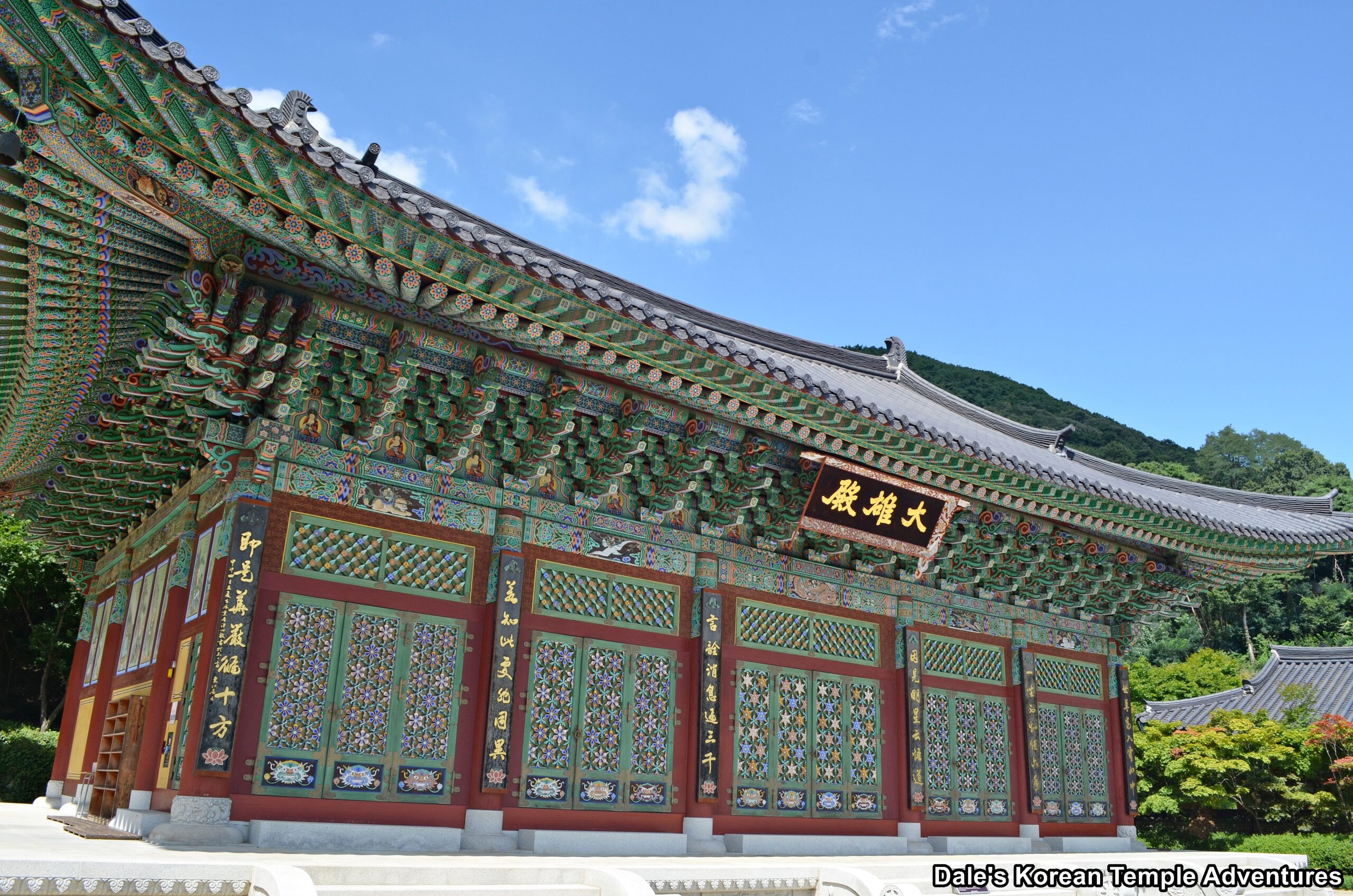
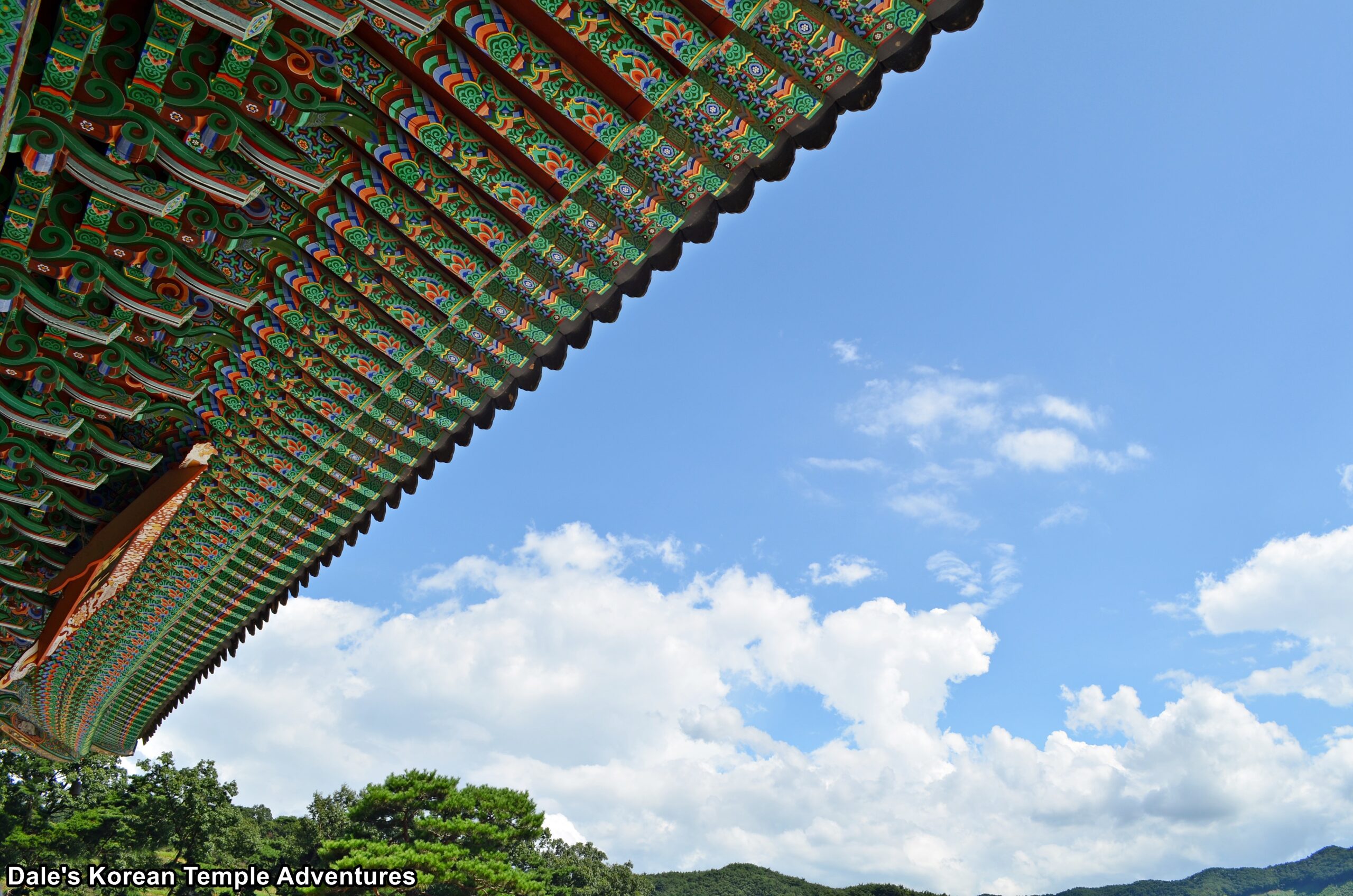
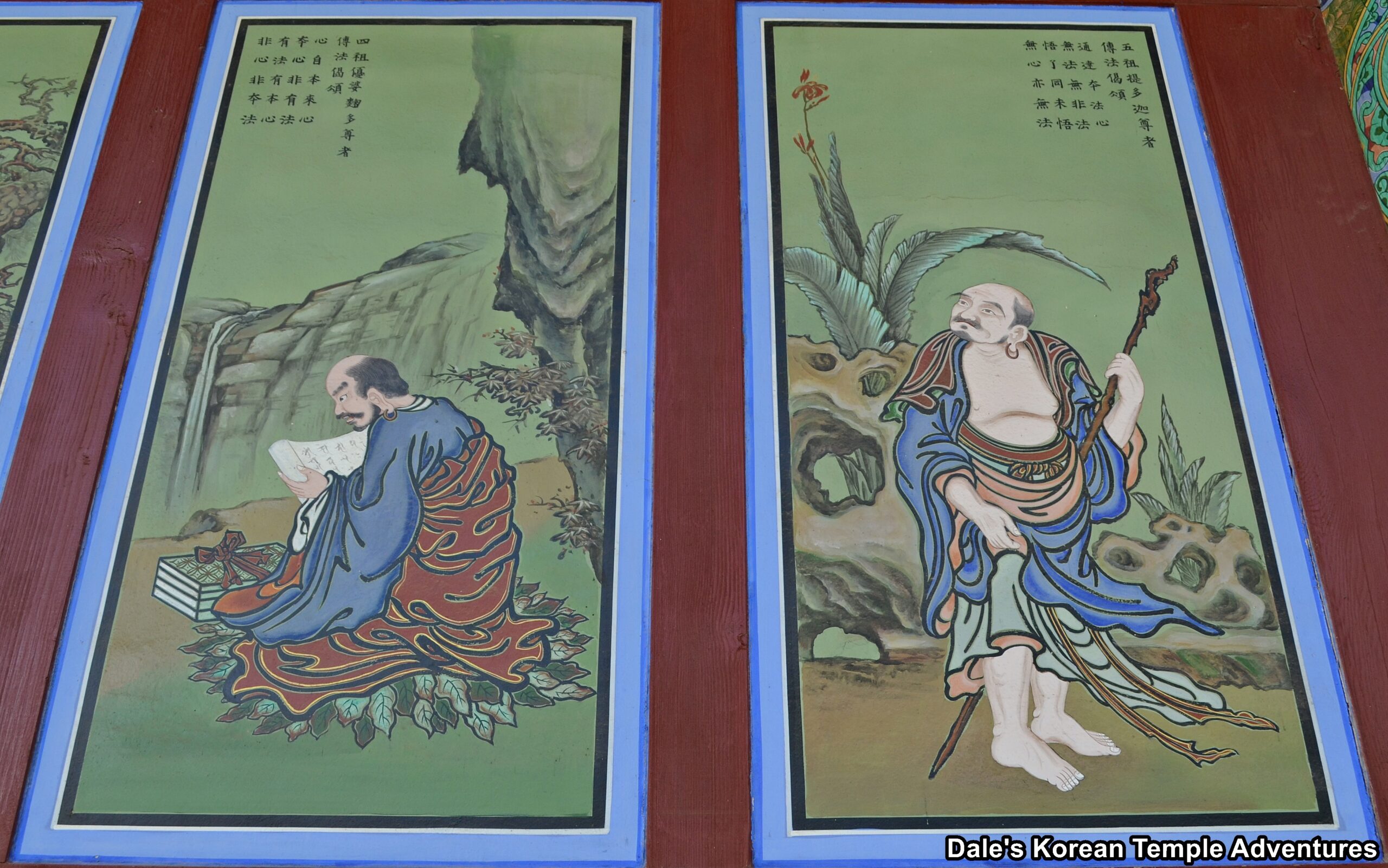
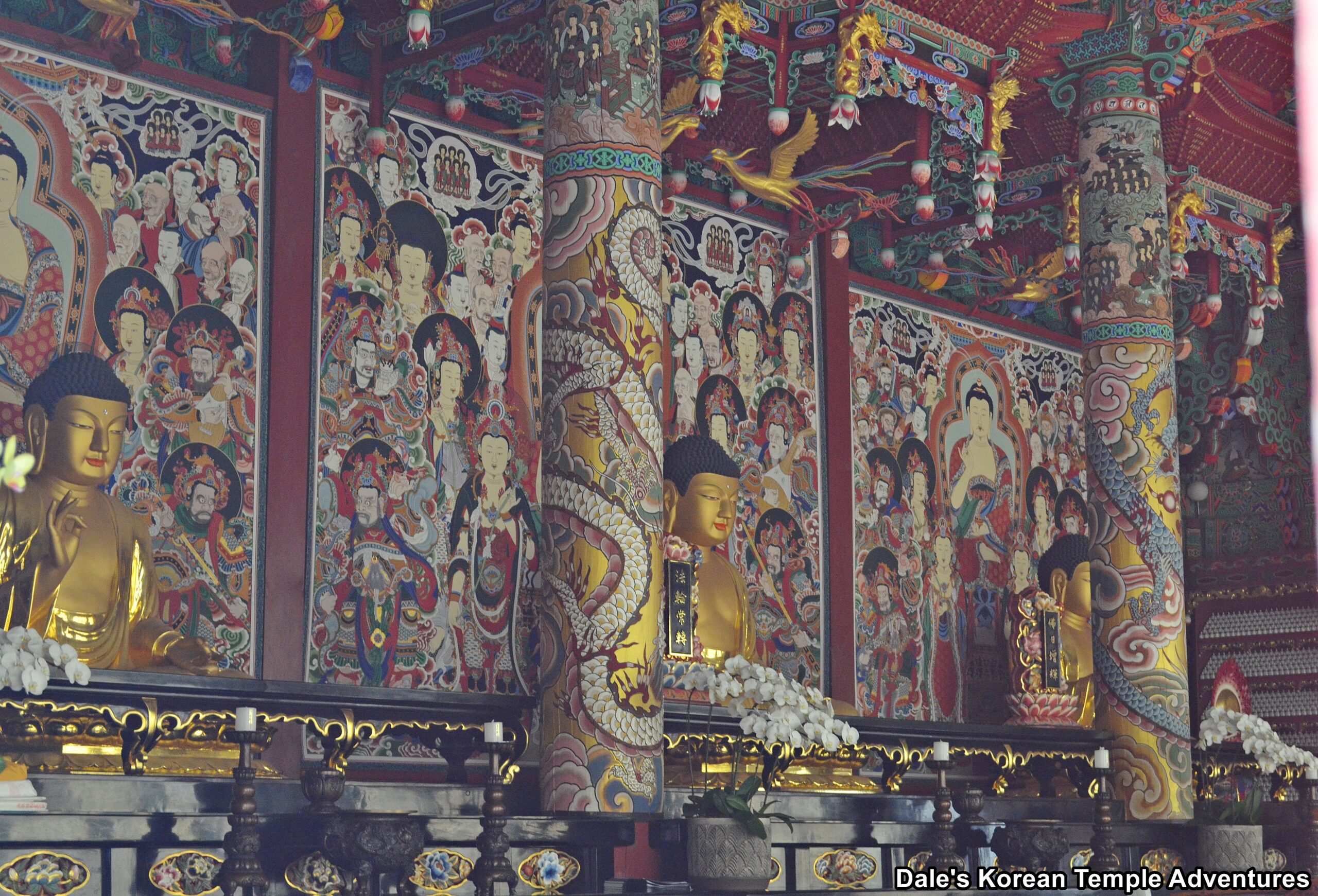
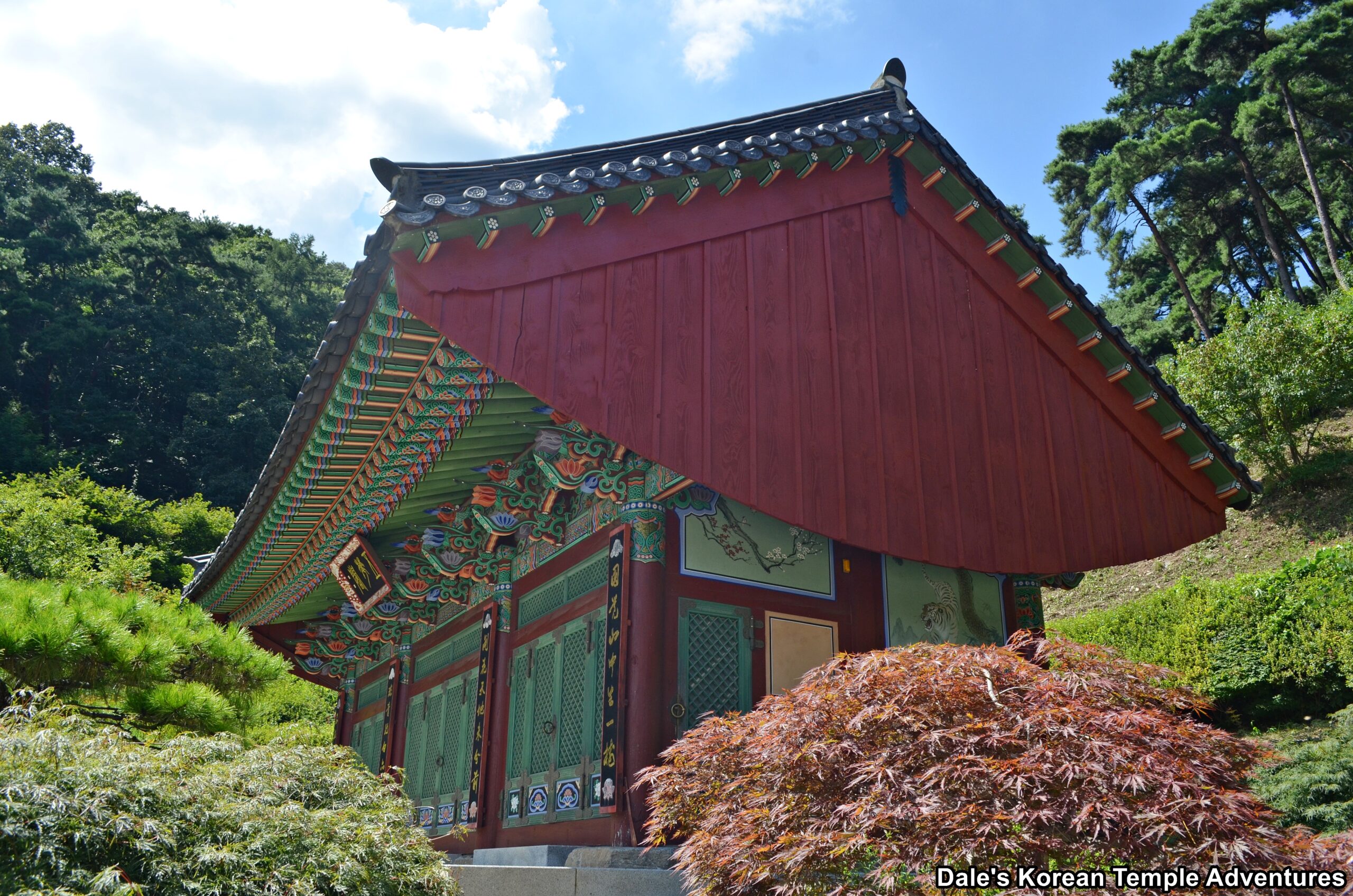
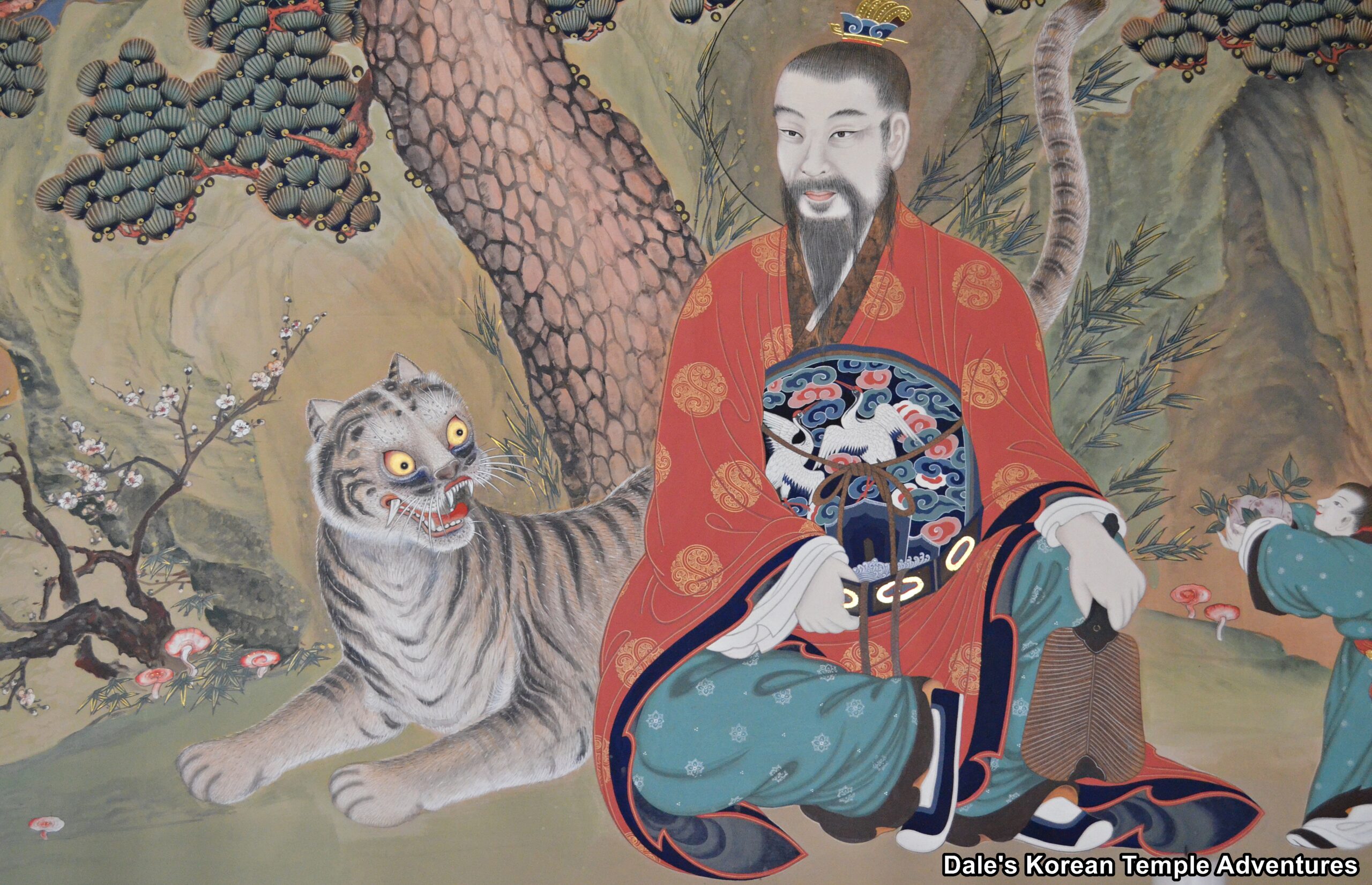
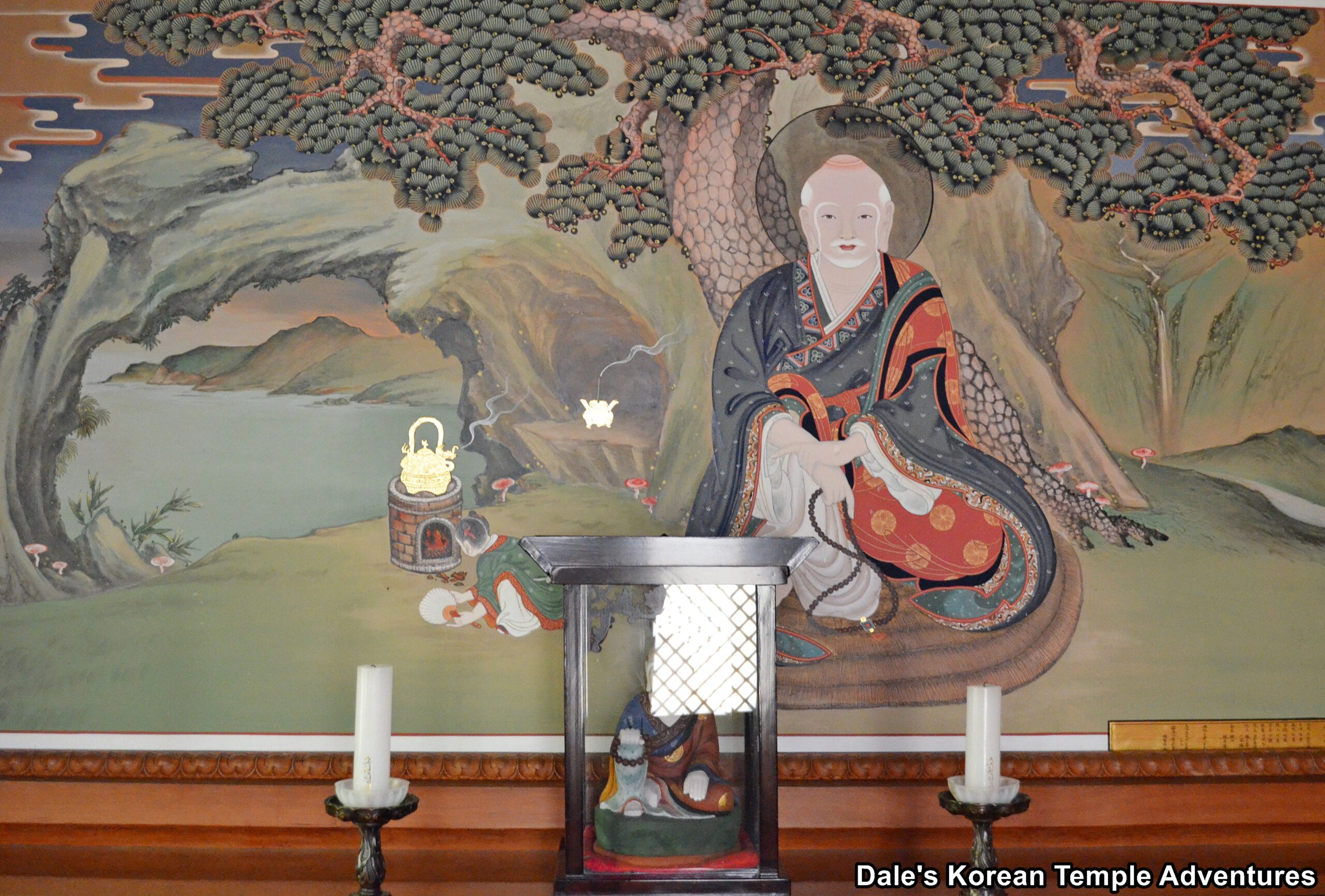
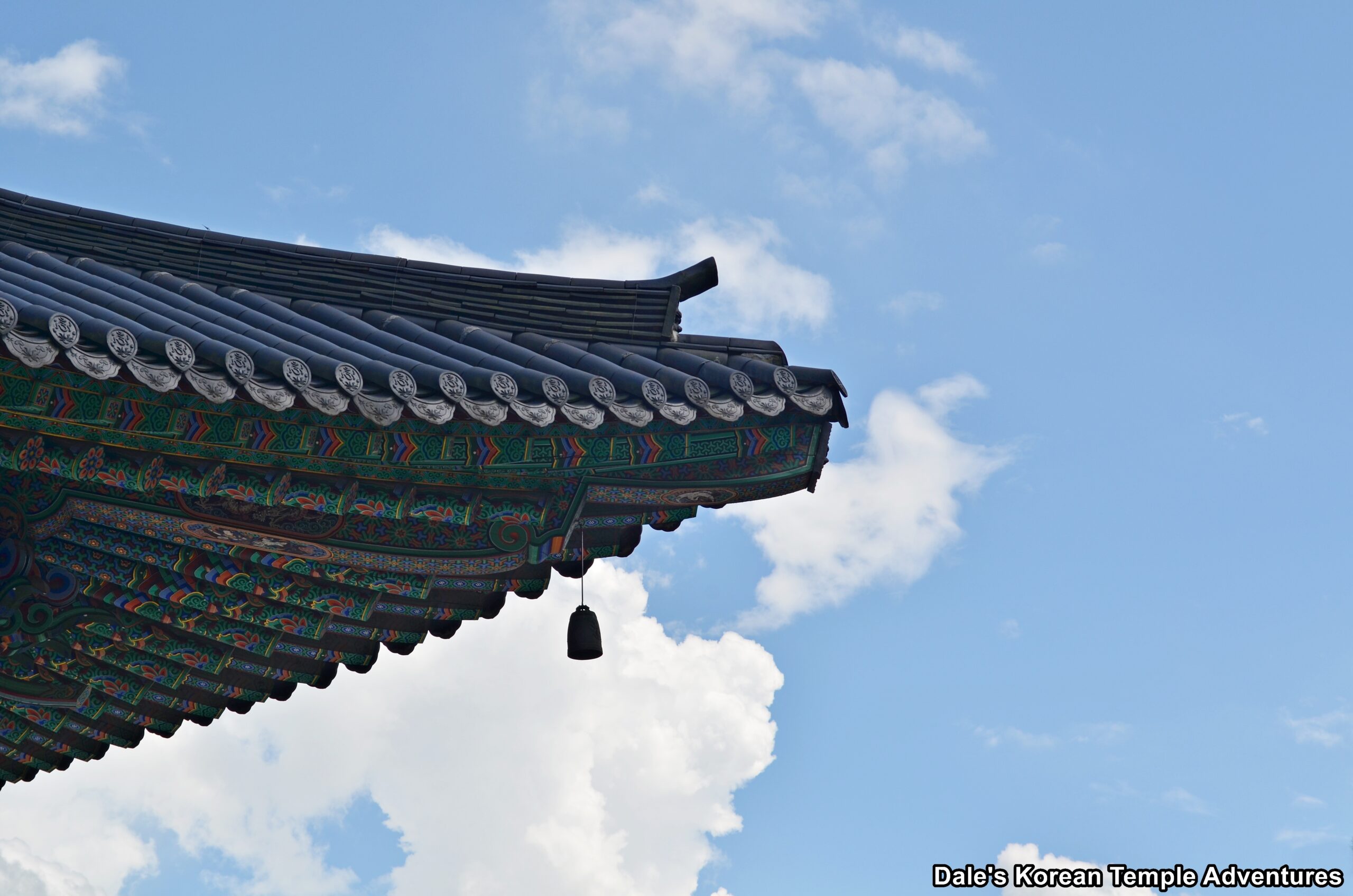











Recent comments